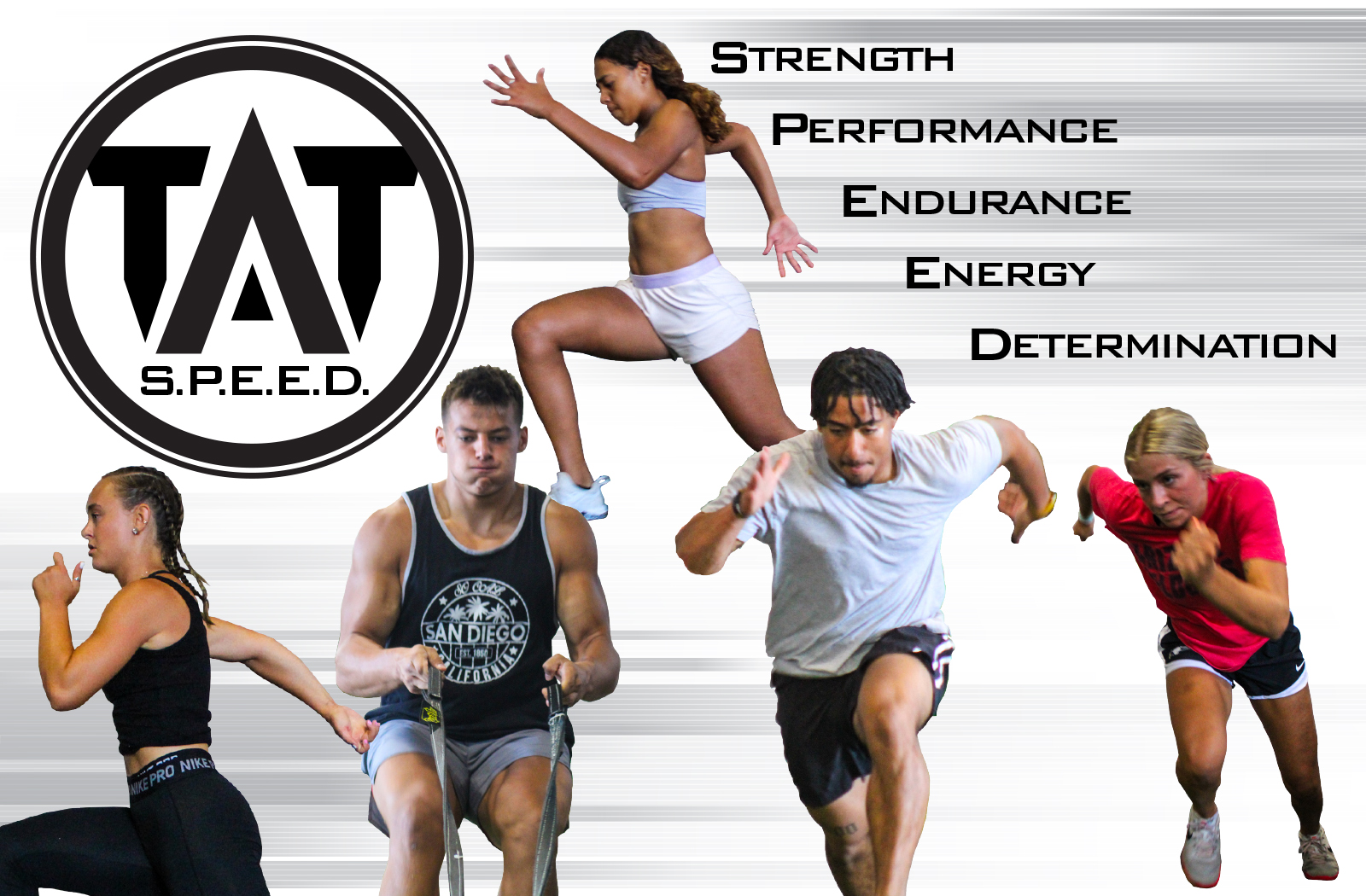At our training facility, we understand that athleticism goes beyond raw strength and speed numbers. It’s about honing your cognitive and physical abilities to excel in your sport. Our comprehensive approach to sports-specific speed training encompasses a blend of technical drills, progressive exercises, and targeted movements that are tailored to your unique needs and goals. By focusing on movement proficiency and agility, we aim to enhance your on-field performance and help you stand out as a top-tier athlete.
Our experienced coaches are dedicated to guiding you through the intricacies of agility training, ensuring that every aspect of your athleticism is developed to its fullest potential. We believe in the power of deliberate practice and consistent effort to transform your abilities and elevate your game to new heights. Whether you’re a seasoned athlete looking to refine your skills or a budding talent eager to unlock your full potential, our programs are designed to push you towards success.
Join us on this journey towards athletic excellence and witness the transformation in your speed, agility, and overall performance. Together, we can bridge the gap between training and competition, empowering you to dominate on the field and achieve your athletic goals. Experience the difference with our Sports-Specific Speed Training program and elevate your game like never before. Victory Starts Here.


